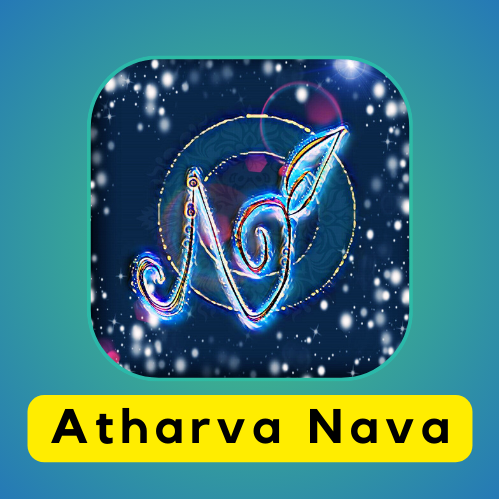Do Eyes Paint Colors with Cones?
Learn BlogImagine the world like a big, dark room. You wouldn’t be able to see anything without light!
Light is like a magical superpower that lets us see everything around us. It’s a kind of energy that travels super fast, much faster than you can run!
Hi Learner!
Welcome to Physics Courses.
Think of the sun as a giant light bulb in the sky. It sends out light waves in all directions, like ripples in a pond. These light waves bounce off objects and travel to our eyes, letting us see their colors and shapes.
About Light:
- Light is a form of energy that helps us see things.
- It comes from sources such as the sun, light bulbs, or flashlights. When light travels, it moves in a straight line called a “ray.” Just like a straight line you draw with a ruler, light travels in a similar way.
- Feel free to share your examples in the comment section below. We would love to see what you’ve got!
Light Spectrum:
- Electromagnetic radiation is a special type of energy that travels in waves through space.
- It’s like a wave of energy that can move without needing anything else to carry it.
- There is a part of electromagnetic radiation that allows us to see things, and it’s called the visible light spectrum.
Visible Light:
- This is the type of electromagnetic radiation that allows us to see the world around us.
- Visible light comes in different colors, like red, orange, yellow, green, blue, indigo, and violet.
- Each color has a different wavelength.
Color:
- Color is the way our eyes perceive different wavelengths of light.
- It’s what makes objects look different from one another.
- When light shines on an object, some of the light is absorbed, and some is reflected back to our eyes.
- The colors we see are the result of the reflected light.
- If the wavelength reflected by the object is green, the color perceived by the human eye is green.
- If the wavelength reflected by the object is black, the object absorbs all wavelengths.
- If the wavelength reflected by the object is white, the object reflects all wavelengths.
Mixing colors:
- Did you know that white light is actually made up of many colors?
- When you shine white light, like sunlight or light from a flashlight, through a prism, it splits into different colors and creates a beautiful band of colors. This is called a spectrum.
Unlike pigments, the primary colors of light are red, green, and blue.
The secondary colors are:
green + blue = cyanblue + red = magenta
red + green = yellow
- When you combine the primary colors of light: red, green, and blue, they will reflect white light.
Colors and Vision:
- Inside our eyes, we have special cells called cones.
- These cones are like tiny sensors that detect different colors.
- There are three types of cones that detect red, blue, and green colors.
- When light enters our eyes and hits the cones, they send signals to our brain.
- Our brain then combines these signals to create the colors we see.
Cones: When light enters our eyes, these cones detect the different colors and send signals to our brain, which helps us see and recognize different colors.
Rods: When it’s dark outside or in a dimly lit room, our rods become more active, allowing us to see things even when there isn’t much light.
- When light waves from a source hit a green object, the green color will be reflected.
- The light waves will then enter the eyes, where cones and rod cells convert them into signals.
- The brain receives these signals and interprets the color of the object as green.
Expand your knowledge with our online tuition and classes for students of all grades. Get in touch with us to discover more!
For more content, follow Svadhi.in and AtharvaNava.com
Let’s meet on the next topic. Happy Learning !


